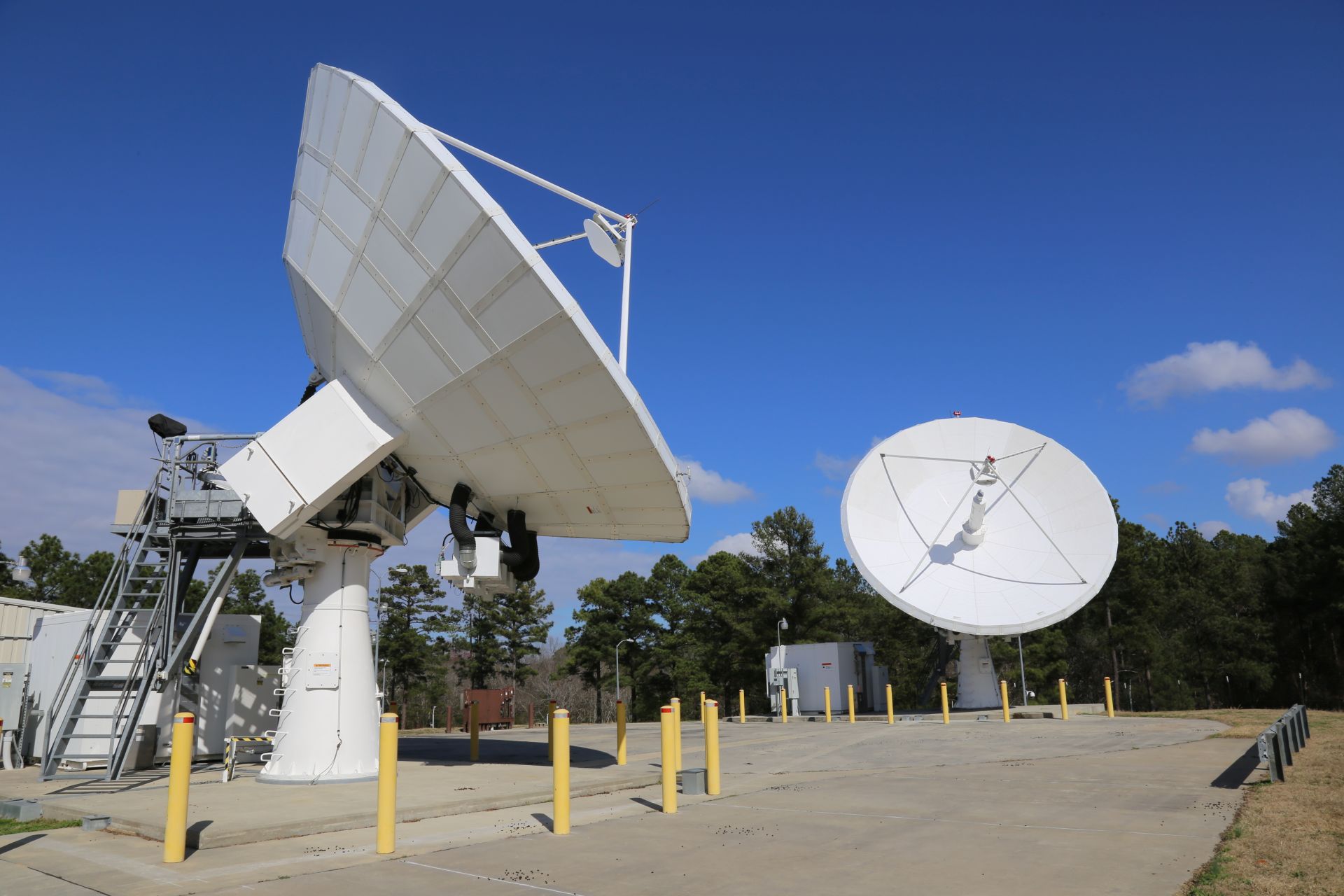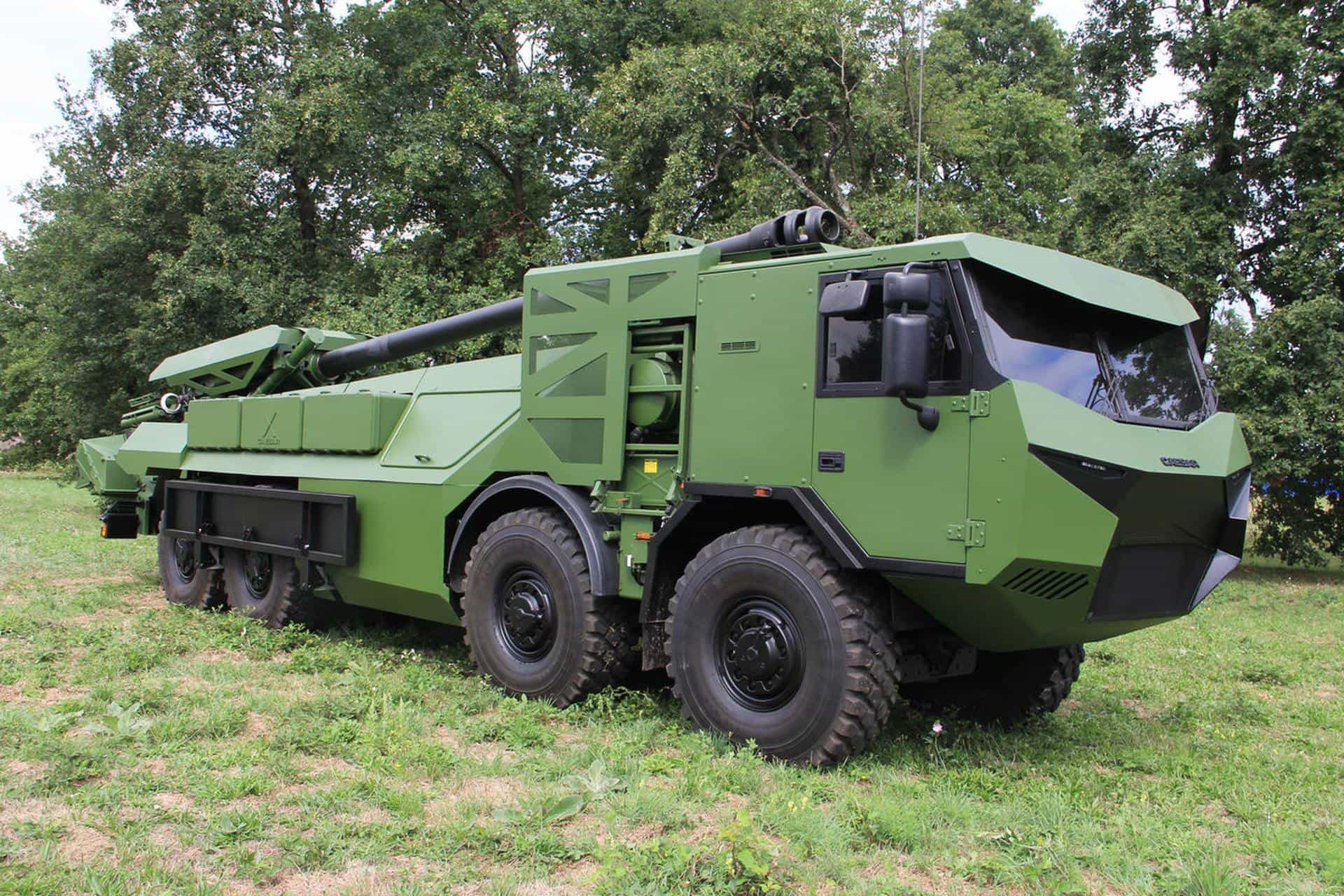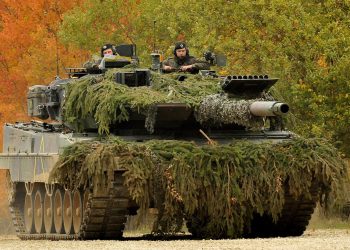ABERDEEN PROVING GROUND: To retain military superiority, the Army continues to make strides in its network modernization strategy. Many of these efforts will rely on a network design known as Global Agile Integrated Transport, or GAIT.
This design creates a worldwide network mesh that enables secure high-capacity data exchange, mission command and network operations between dispersed units and home station.
“GAIT enables commanders to extend and execute their tactical network and associated mission command systems globally, in an expedient and strategically focused manner,” said Lt. Col. Stuart McMillan, product manager for Mission Network, Project Manager Tactical Network. “The architecture provides multiple routing path options and solutions, enabling a more robust, resilient and expeditionary network.”
Prior to the implementation of GAIT, to transport data out of theater, signal Soldiers had to move the data from the tactical network through the greater enterprise network, which added network complexity and congestion. In the GAIT architecture, data exchange remains on the tactical network.
This network design interconnects the five worldwide Regional Hub Nodes (RHNs) — the largest transport nodes in the Army’s tactical network — and if needed, DOD Teleport Sites, to enable global network transport for units across the Army. Additionally, with the evolution of the architecture, units can now also choose to transport data directly between the approximately 125 GAIT Points of Presence (PoPs) — located at military formations, including divisions, corps, theater tactical signal brigades and special users — without the need to leverage the RHNs or teleports.
“This simplifies network transport even further, and adds multipath diversity to increase network robustness and resiliency,” said Joe Vano, Tactical Network Transport At The Halt product line manager at Product Manager Mission Network, Project Manager Tactical Network. “At the same time, GAIT supports and is aligned with the Network-Cross Functional Team’s first line of effort to unify the network. It provides secure global routing solutions that connect and unify commanders, units and their evolving network capabilities across the planet.”
Modernizing through Two Year Network Capability Sets
To keep pace with enemy threats and new technology trends, the Army is fielding modernized network systems every two years through integrated equipment kits, known as capability sets. The first iteration of this fielding strategy, Capability Set 21, integrates ready commercial capability that previously was only used by Special Operations forces, including new radios, commercial satellite terminals, commercial network gateway devices, standard mission command software and the ability to access civilian cellular networks, providing commanders with multiple communication options.
“The intent is deliver and build on capability incrementally to reach the future state of the network in 2028 to enable multi-domain dominance,” McMillian said. “GAIT provides the global transport needed to support the Army’s extensive network modernization efforts, both in the near and far term.”
Current network modernization efforts include the Integrated Tactical Network, which enables commanders to leverage military and commercially available networks and more easily share information with coalition mission partners; and new military formations such as the six Security Force Assistance Brigades, and the Expeditionary Signal Battalion-Enhanced (ESB-E) pilot unit that is informing future capability and force structure for the Army’s 24 ESBs.
A Joint and Allied Force
This spring, GAIT will enable high-capacity network transport during the Joint Warfighting Exercise 20 and Defender 20 exercises, which will be conducted in a peer-contested 2028 threat environment in 10 different European countries. These exercises will inform the initial operational network capabilities needed to support a Mission Partner Environment (MPE).
The Army continues to leverage experimentation and Soldier feedback in joint and multinational exercises to help validate network systems in an MPE, to improve coalition interoperability and the common operating picture. With GAIT, units in theater and/or at home station can share mission command, network operations and data anywhere in the world.
GAIT also supports numerous large scale training events, such as combat training center rotations, both in the U.S. and overseas. U.S. Marine Corps units are also leveraging the Army’s RHNs and reaping the benefits of GAIT for multinational exercises in the Pacific.
Enhancing Unit Readiness
Before deploying to contingency, support or training missions, Army and Marine Corps units can now leverage GAIT to conduct tasks that once needed to be performed in theater before they even get there. Deploying units at home station can complete the long list of networking configuration and policy tasks needed to connect to overseas coalition networks. Commanders and their units can integrate their network systems and connect into coalition network, so they can train and participate in coalition meetings and battle update briefs, increasing unit proficiency ahead of the fight.
GAIT also supports home station Reception, Staging, Onward Movement, and Integration (RSOI) operations and Army Reserve Mobilization Force Generation Installations (MFGI) operations that prepare units for rapid deployments.
“GAIT enables units to prepare ahead of time and join the fight on a much shorter timeline,” Vano said. “Now, once units reach their theater of operations they are up and operating on the network in hours versus weeks.”
Homeland Response Efforts
In the homeland, GAIT provides the network gateway needed for civil support and disaster response efforts.
In the fall of 2018, Army Northern Command and Army National Guard units successfully used GAIT to support the Disaster Incident Response Emergency Communications Terminal (DIRECT) communications tool suite during Hurricanes Florence and Michael. The Army is fielding DIRECT to Army National Guard units to enable them to provide non-military first responders with commercial phone and internet access, and Commercial 4G and Wi-Fi. The system leverages a unit’s organic tactical network equipment as part of the GAIT network design to relay information via the RHNs and/or GAIT PoPs.
GAIT capability continues to evolve and it is playing a major role in the Army’s efforts to deliver a unified network that will prepare U.S. forces to fight and win a war against any adversary, in the most challenging contested electromagnetic spectrum and cyber environments, McMillan said.
“We are defiantly not standing still,” McMillian said. “We are constantly looking to improve and expand the Army’s network capability, to strengthen the network and add redundancy and resiliency, giving Soldiers options to enable uninterrupted global tactical transport. GAIT is a significant part of our glide path for the Army’s future network modernization efforts.”
The U.S. Army Project Manager Tactical Network is assigned to Program Executive Office Command, Control and Communications-Tactical, which develops, acquires, fields and supports the Army’s mission command network to ensure force readiness. This critical Army modernization priority delivers tactical communications so commanders and Soldiers can stay connected and informed at all times, even in the most austere and hostile environments. PEO C3T is delivering the network to regions around the globe, enabling high-speed, high-capacity voice, data and video communications to a user base that includes the Army’s joint, coalition and other mission partners.










